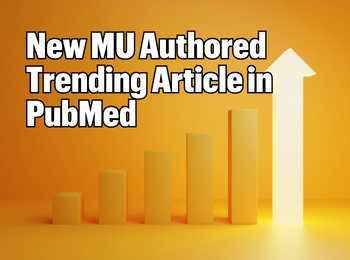Howdy everyone!
We hope everyone has had a wonderful Summer! Whether you are new or returning to Mizzou, we at the Engineering Library and Technology Commons (ELTC) want to wish you a warm welcome!
This blog post will go over some basics to the Engineering Library- including staff introductions, materials we have available for check out, and different events we try to host throughout the semester!
To visit our main library website, please visit https://library.missouri.edu/engineering/
ELTC Staff Introductions

Noël Kopriva is the Head Librarian of the ELTC. Her hobbies include reading, playing the NYT Daily Games, and baby-talking her two cats (Tibby and Leo).
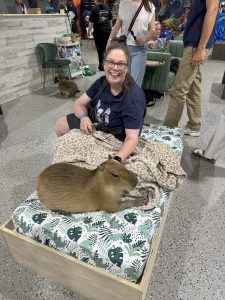
Michelle Baggett is a Senior Library Information Specialist for the ELTC. She works with course reserves and student assistants. In her free time, she loves reading, listening/watching true crime podcasts/documentaries, scrapbooking, doing diamond dots, and crafting!
 Amanda May is a Senior Library Information Specialist for outreach and interlibrary loan at the ETLC. She is currently in her last year of the Master’s of Library and Information Science program at Mizzou. In her free time, she loves to crochet, knit, read, and listen to podcasts and heavy metal music.
Amanda May is a Senior Library Information Specialist for outreach and interlibrary loan at the ETLC. She is currently in her last year of the Master’s of Library and Information Science program at Mizzou. In her free time, she loves to crochet, knit, read, and listen to podcasts and heavy metal music.
Materials Available for Check Out
At the ELTC, we have a plethora of different equipment materials available for check out, as well as reserve items. In order to check out items, you must present a physical photo ID (Mizzou ID card, driver’s license, passport, etc…) to our circulation desk. Students and staff can also use the GET mobile app to use their Mizzou Mobile ID. If you have any issues or questions, please feel free to reach out to us at eltc@missouri.edu.
Equipment Items:
Items available for a limited check out behind the Engineering Circulation Desk include:
- Apple phone chargers
- Android phone chargers
- Mac laptop chargers
- Dell laptop chargers
- Colored pencils and pens
- Calculators (financial, scientific, and graphing)
- Whiteboard marker kits (includes 2 dry erase markers and an eraser)
Reserve Materials:
Materials on reserve mean they are specifically chosen by professors for a class. A majority of the physical materials on reserve are textbooks. To see if your professor has something on reserve, please visit the Engineering Circulation Desk to see the list of current reserve items. Electronic reserves (also known as e-reserves), can be accessed by visiting the library’s website. If you have any questions regarding Engineering reserves, please contact Michelle Baggett at baggettm@missouri.edu.
Events and Activities
Throughout the semester, the ELTC hosts a variety of events and activities throughout the semester for when you need a break from studying! We have a puzzle table and a whiteboard with fun monthly prompts (located near the printers).
At the beginning of the semester, we have a Duck Hunt– where tiny ducks are hidden throughout the library. When found, bring the tiny duck(s) to the circulation desk for a prize!
During Finals Week, we put on different events throughout the week. Arguably, the most beloved is Kitten Cuddle Puddle! Previous Finals Week events we’ve put on include: Snack/Trail mix bar, holiday card making, and book bedazzling among other events! If you have any ideas or proposals for Finals Week events you would like to see, please reach out to Amanda May at asmay@missouri.edu
Reading Revelry
Reading Revelry is a monthly outreach program put on by the staff at MU’s Engineering Library and Technology Commons. Each month, we select books to recommend to our patrons as a way to curl up and unwind from their studies with a good book or two. We hope you will enjoy browsing our selections!
Do you have a book recommendation for future Reading Revelries? Contact Amanda May at asmay@umsystem.edu
Monthly Media Picks
Each month, Engineering Library Staff personally recommend a piece of media (ie. TV show, book, podcast, YouTube video, movie, etc…). We post our monthly staff picks (and Reading Revelry) on our digital monitors in the library.
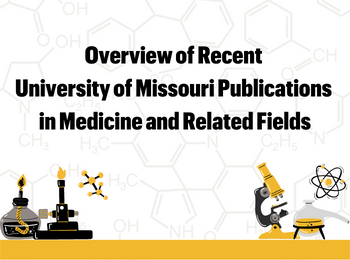


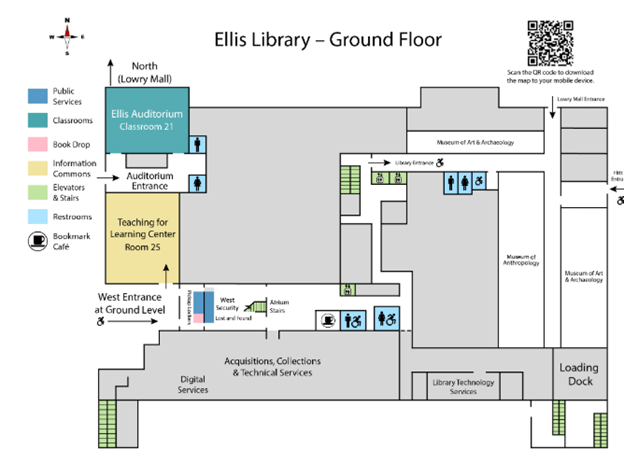
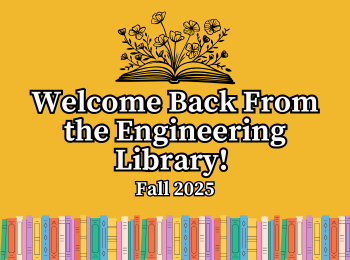


 Amanda May is a Senior Library Information Specialist for outreach and interlibrary loan at the ETLC. She is currently in her last year of the Master’s of Library and Information Science program at Mizzou. In her free time, she loves to crochet, knit, read, and listen to podcasts and heavy metal music.
Amanda May is a Senior Library Information Specialist for outreach and interlibrary loan at the ETLC. She is currently in her last year of the Master’s of Library and Information Science program at Mizzou. In her free time, she loves to crochet, knit, read, and listen to podcasts and heavy metal music. 

